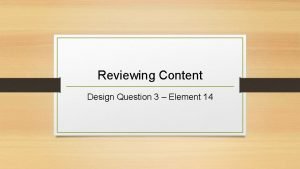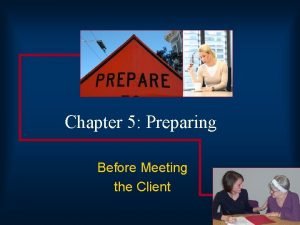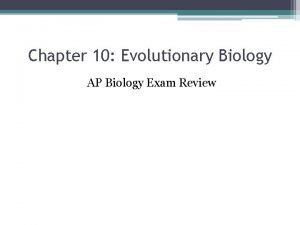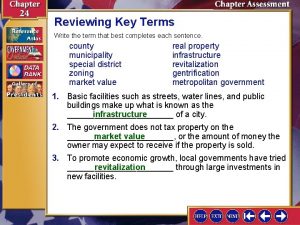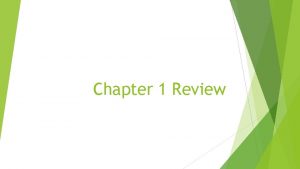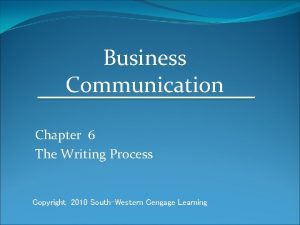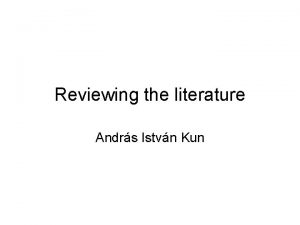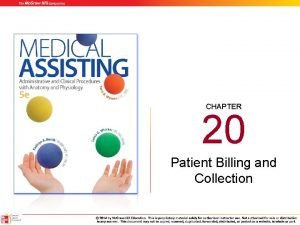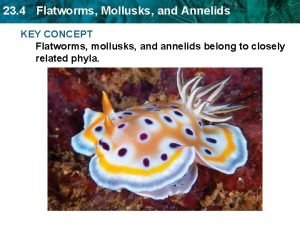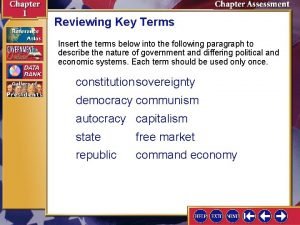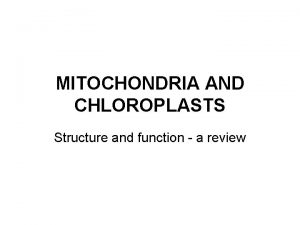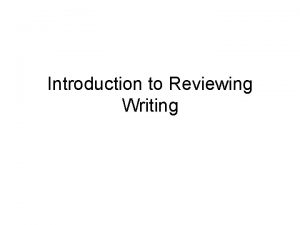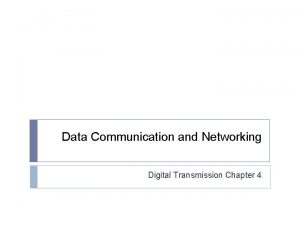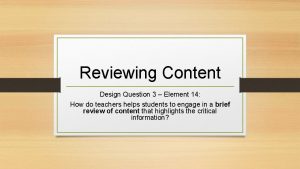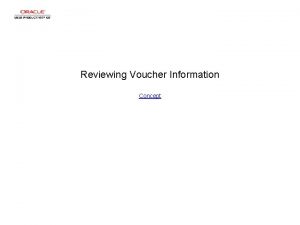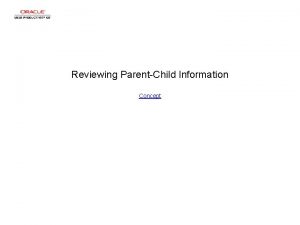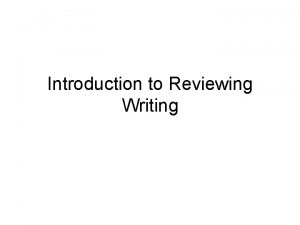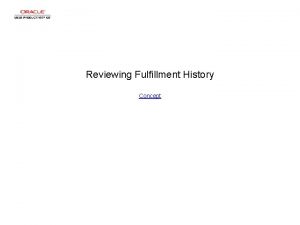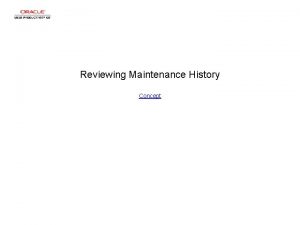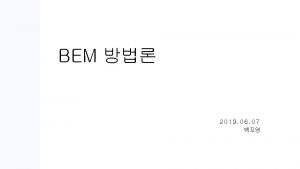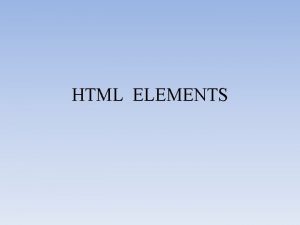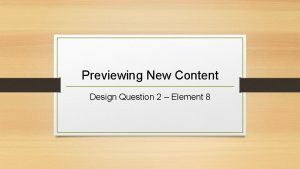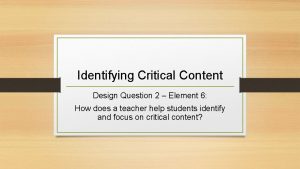Reviewing Content Design Question 3 Element 14 Reviewing
















- Slides: 16

Reviewing Content Design Question 3 – Element 14

Reviewing Content How will you help students to engage in a brief review of content that highlights the cumulative nature of the content?

Before we begin… Before we begin talking about element 14, let’s be sure that there is an understanding about how the elements in Design Question 3 are related. This is important as you plan your lessons. Watch the video on the next slide. Please identify the difference between the purpose of Design Question 2 and Design Question 3.

Something to keep in mind… The purpose of Design Question 2 is to introduce new material to students while the purpose of Design Question 3 is to give the students an opportunity to practice using material that was previously taught so that they deepen their understanding. Therefore, teachers have to perform Design Question 2 before Design Question 3.

How do the elements in DQ 3 relate to each other? Introduction to Design Question 3.

How are the elements related to each other? You should have noticed: Intentional planning is required for all elements in DQ 3 • Elements 14 -15 (in red in the diagram to the right) the teacher directs the student learning. • In elements 16 -20 (in black) the teacher guides the students so that they may work through the information independently. (Gradual Release) Now let’s talk about element fourteen, specifically. DSBPCPro. Development. "Introduction to Design Question 3. " You. Tube, 17 Jan. 2014. Web. 6 June 2016.

Review Teacher and Student Evidence NOTE: This list of evidence is not all inclusive but is instead a list of possible examples.

Review Scale for Element 14

Desired Effect in the Students Strategies will only produce desired effect when students are appropriately facilitated and monitored in groups. The desired effect is “Students produce an accurate representation of previously taught critical content. ” To receive an Innovating rating, the teacher must adapt and create new strategies for unique student needs and situations in order for the desire effect to be evident in ALL students.

Before watching the videos, think about… • What strategies can you use to help students briefly review content that highlights critical knowledge? • Why is it important to have students briefly review content that highlights critical knowledge?

Example of Element 14 Reviewing Content Design Question 3, Element 14: Reviewing Content. • Note: you must be logged into i. Observation to view the following videos. Once you have logged into i. Observation, click resource library and type the following into the search bar: • Protocol Video: Reviewing Content (Seventh Grade) • Protocol Video: Reviewing Content (Language Arts)

Now that you have watched the videos, reflect… • In addition to engaging students in a brief review of content, in order to achieve an Applying rating, how could you monitor the extent to which students can recall and describe previous content? • To achieve an Innovating rating, what are some ways you can adapt and create new strategies for identifying critical information that addresses ALL unique student needs and situations?

Remember… • Review content that is critical to student understanding of new content. • Reviewing content is typically brief and should help student identify relationships between ideas. • Intentional planning is necessary to ensure that review activities are fast, friendly and fun. • Students are doing the reviewing so it is important that the teacher develop techniques to monitor if students can show what they previously learned as it relates to the new content. " Login. N. p. , n. d. Web. 27 June 2016.

It’s Your Evaluation, Make the Most of It! Your evaluator will only rate you on what he/she sees which is OK because it is not necessary for you to have everything checked in the teacher and/or student evidence to receive a good rating. Also, remember you can invite your evaluator to your classroom to see you using this element. You have control of what your evaluator sees.

Is This Element in Your PGP? 1. Sign into www. effectiveeducators. com. 1. Click on the Growth tab 2. Click on the Plans option. 3. Open your current plan and fill out a new Reflection Log, answering the appropriate questions. 2. Decide how you will change your teaching as a result of viewing this module. 3. Execute your change, reflect on its impact, and complete another Reflection Log in i. Observation.

How Are You Supported? Here are resources in case you have further questions: • • Your evaluator Another evaluator on your campus Your school’s Classroom Practice Mentors (CPMs) For more examples and resources visit the All About Marzano website • Everything you ever wanted to know (and more) about Reviewing Content – Pasco County Schools
 Marzano element 14
Marzano element 14 Level of questions
Level of questions Characteristics of esp
Characteristics of esp Static content vs dynamic content
Static content vs dynamic content Economic protest parties definition
Economic protest parties definition Preparatory reviewing social work
Preparatory reviewing social work Reviewing key concepts reproductive barriers
Reviewing key concepts reproductive barriers Reviewing key terms
Reviewing key terms Reviewing concepts and vocabulary chapter 1
Reviewing concepts and vocabulary chapter 1 Business communication chapter 6
Business communication chapter 6 Febabook
Febabook The process of classifying and reviewing past due accounts
The process of classifying and reviewing past due accounts Section 4 flatworms mollusks and annelids
Section 4 flatworms mollusks and annelids Reviewing key terms
Reviewing key terms Structure and function of mitochondria
Structure and function of mitochondria What is reviewing
What is reviewing Difference between data element and signal element
Difference between data element and signal element
